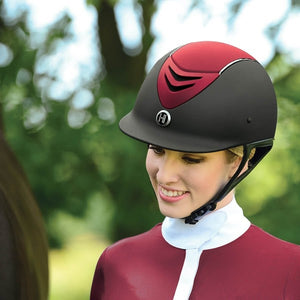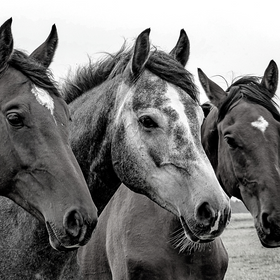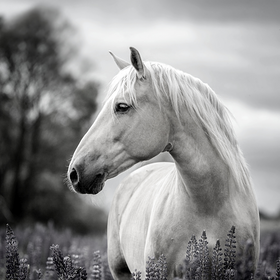
The Pros and Cons of Turnout Blankets
Turnout blankets can be a great tool for horse management, as they are designed to protect horses from all sorts of weather while they are turned out. While turnout blankets can have a wide range of benefits, they also have a fair share of drawbacks. Here are the pros and cons of using turnout blankets on your horse to help you make a decision on whether they are suitable for your equine companion!
Pros of Turnout Blankets
Weather Protection
One of the biggest advantages of turnout blankets is their ability to protect horses from adverse weather conditions. These blankets are typically waterproof and can provide protection from rain, snow, and wind. They help keep your horse dry and warm, reducing the risk of your horse getting a chill sickness during inclement weather.
Temperature Regulation
Turnout blankets are available in various weights, allowing you to choose the most suitable one based on the weather conditions. Lighter blankets are perfect for mild winters or cool nights, while heavier ones offer extra insulation during frigid temperatures and snow storms. This flexibility makes them an excellent choice for year-round use.
Durability
Most quality turnout blankets are constructed from robust materials designed to withstand the rigors of outdoor use. They are tear-resistant and can endure the occasional rough play or encounters with fencing, so you’ll have a great value for your money.
UV Protection
Some lightweight turnout blankets also come with UV protection properties, so your horse's skin and coat will be protected from the harmful effects of prolonged sun exposure. This is particularly important for horses with light-colored coats or those susceptible to sunburn.
Keeping Clean
Turnout blankets help to keep your horse's coat cleaner and free from mud and dirt. This means less time spent grooming and more time enjoying your horse's company.
Cons of Turnout Blankets
Limited Mobility
One of the drawbacks of turnout blankets is that they can restrict a horse's natural movements while they’re all bundled up. While modern designs aim to minimize this issue, some horses may still find them cumbersome, affecting their ability to graze or interact with other horses.
Overheating
In milder weather conditions, using a heavyweight turnout blanket can cause your horse to overheat. It's important to monitor the temperature and adjust the type and weight of the blanket accordingly to avoid this problem.
Maintenance
Turnout blankets require regular maintenance to ensure they remain effective and durable. Cleaning and waterproofing are necessary tasks, and they may need to be replaced if damaged. This adds to the overall cost of ownership.
Fit and Sizing
Achieving the perfect fit for your horse can be a challenge. An ill-fitting turnout blanket can lead to discomfort and chafing. It's important to measure your horse accurately and choose the right size to avoid these issues.
Cost
High-quality turnout blankets can be expensive, and the cost can increase if you need different weights for varying weather conditions. However, the long-term protection and comfort they offer might make it worth the investment.
Turnout blankets provide a great solution for protecting horses from the elements, but they do come with their drawbacks. Careful consideration of your horse's individual needs and local weather conditions is essential when deciding whether to invest in a turnout blanket. Ultimately, they can be a valuable addition to your horse management toolbox when used correctly.





